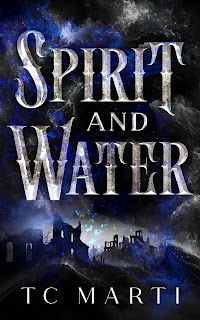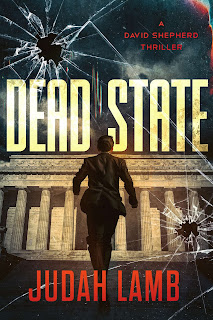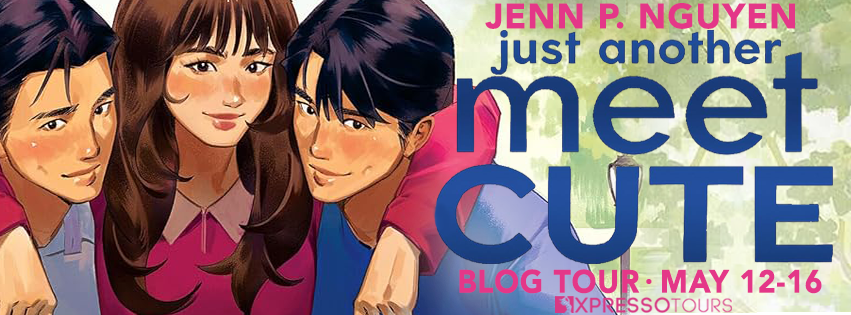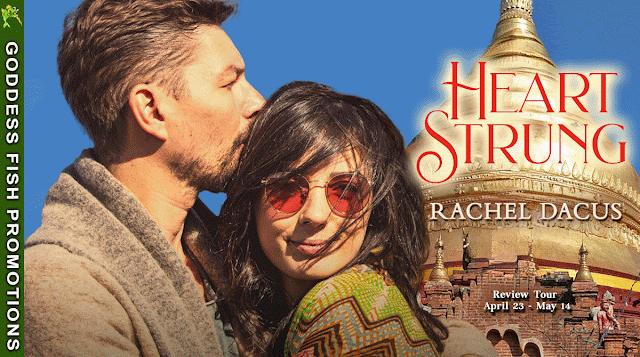Stories to Save Our Planet
Climate Fiction Anthology
Date Published: 11-02-2022
Publisher: Habitat Press
A collection of inspiring, funny, dark, mysterious, tragic, romantic, dramatic, upbeat and fantastical short stories
These 24 stories are written by a variety of authors, with the aim to inspire readers with positive visions of what a sustainable society might look like and how we might get there.
The stories are diverse in style, ranging from whodunnits to sci-fi, romance to family drama, comedy to tragedy, and cover a range of solution types from high-tech to nature-based solutions, to more systemic aspects relating to our culture and political economy.
Interview with Denise Baden
How many books have you written and which is your favorite?
In terms of fiction, I’ve written ‘Habitat Man’ and ‘The Assassin’. I also edited an anthology of 24 short stories called ‘No More Fairy Tales: Stories to Save Our Planet’, and contributed three stories to it.
If you’re planning a sequel, can you share a tiny bit about your plans for it?
‘No More Fairy Tales: Stories to Save Our Planet’ was an anthology where I worked with experienced authors sourced from the Green Stories project which runs free writing competitions. We got way more than we could use, so chose a diversity of stories of different styles and genres: family drama, romance, humor, nature, adventure, tragedy, a whodunnit etc. so there would be something for everyone. We had several that were too similar to some in there but still great in their own right, and other authors came along keen to be part of it, so maybe we will do something again next year – a new edition perhaps.
Habitat Man ends with a very interesting set up (no spoilers) that I’m dying to explore in a sequel. I have several sequels plotted out, but currently readers can get a free taster when they finish the book. Other than that, I have to finish writing them first. I got distracted by a scriptwriter wanting to adapt as a TV series, so have been working with him on that.
Do you want each book to stand on its own, or are you trying to build a body of work with connections between each book?
They stand alone, but I have to admit that a character from ‘Habitat Man’ sneaked into ‘No More Fairy Tales: Stories to Save Our Planet’.
How did you come up with the title for your book?
‘No More Fairy Tales: Stories to Save Our Planet’ was a joint endeavor with several authors pitching in ideas. ‘Habitat Man’ was based on a wildlife gardener I knew who always talked about habitats – where I saw nettles, he’d see a habitat for butterflies. It taught me a new way of looking at my back garden.
How long did it take you to write this book?
Steve, a chemical engineer and aspiring writer came to me in March 2022 saying ‘let’s get an anthology of climate stories ready for COP27 climate summit in November’. I said it was impossible, and he said ‘so is the climate crisis, but let’s do it anyway.’ I couldn’t resist the challenge, so we went for it. What I’d underestimated was the level of concern from writers and the desire to make a difference with their writing. Excellent writers such as Kim Stanley Robinson, Paolo Bacigalupi and Sara Foster all sent in stories. I also found myself on a writing spree. Working in sustainability, I have a good idea what solutions will really work and it’s way more than recycling and planting trees. Writing felt like creating a blueprint to address the problem and I honestly believe if we applied all the ideas in the book, we’d create a positive, sustainable future we could all look forward to rather than fear.
What does the title mean?
We wanted to get across the idea that the anthology contains positive stories about solutions and isn’t another catastrophic doom-laden climate anthology.
What did you learn when writing the book?
As well as writing some of the stories, I also coordinated the rest of the anthology, working with a range of climate experts and experienced writers to create wonderful stories with effective climate solutions. I learned so much as a result. The interesting thing about such a herculean task to put the world to rights via climate fiction is the divisions it reveals among all those who are striving for the same goal but come from different disciplines. The engineers love the bold, audacious solutions, the more impossible the better. ‘Glaciers melting? Well let’s just refreeze them! Need to build up seawalls and capture carbon? Just plant mangrove terraces.’ This outraged the nature lovers and ecologists who say ‘how about we just stop destroying mangroves in the first place? Why spend fortunes replanting when it would be more effective just to refuse planning permission to develop on land that has existing mangroves’ (substitute forests, peat, kelp forests, seagrass etc.as needed). And then the social scientists pitch in with ‘what’s the point of all these carbon capture projects if we’re still consuming as fast as we can in the name of economic growth?’ A fair question - it is indeed like pulling out the plug (carbon capture) with the hot tap full on (consumption).
As editor, it was a challenge to reconcile all these viewpoints. Each story was written by a professional writer and then honed by climate experts. The stories I co-wrote myself as a social scientist, with Steve, a chemical engineer and Martin a comedy writer, were an amusing but educational wrangle to determine which aspects got priority.
What surprised you the most?
Readers’ responses. We spent a lot of effort getting beta readers to give feedback, then after publishing, we encouraged other readers to let us know which they enjoyed. The plan was to use this information for an updated edition just keeping the best and adding a few new stories. But people all liked different ones. Some liked the ones with more facts and information, others hated them and liked the exciting, dramatic, romantic or poetic stories.
Have you ever killed off a character your readers loved?
‘The Assassin’ is a whodunnit where eight people meet in a citizens’ assembly to debate climate solutions and one is an assassin. It’s part of the anthology, but I also extended it as a novella and published on its own. The reader doesn’t know at the start who will get killed or by who, they just know it’s coming so I don’t want to give away any spoilers, other than to say I would never kill off a character people loved – life’s hard enough as it is!
What do you do to get inside your character’s heads?
Many of my characters are a composite of the most interesting, quirky and wonderful aspects of all the people I’ve ever known, so I love spending time with them myself. I used to worry people would work out which bits are based on who but they never get it right – funny how people don’t see themselves as others see them! As I write though, they grow into themselves and by the time I’ve finished the first draft, I know their entire back story. When I’m stuck on a character, a long walk or hot bath where I can let my mind zone out tends to do the trick.
About the Author
EDITOR/AUTHOR: D.A. Baden is Professor of Sustainability at the University of Southampton and has published numerous book chapters and articles in the academic realm, and a eco-themed rom-com Habitat Man. She wrote the script for a musical, performed in Southampton and London in 2016, and has written three other screenplays. Denise set up the series of free Green Stories writing competitions in 2018 to inspire writers to integrate green solutions into their writing (www.greenstories.org.uk). Denise has written three stories for this anthology, and co-written two others. The Pitch is adapted from her novel Habitat Man. Follow on https://www.dabaden.com/ and @DABadenauthor
Contact Links
@GreenstoriesUk
Purchase Links




























































.jpg)











1 comments:
nice interview
Post a Comment